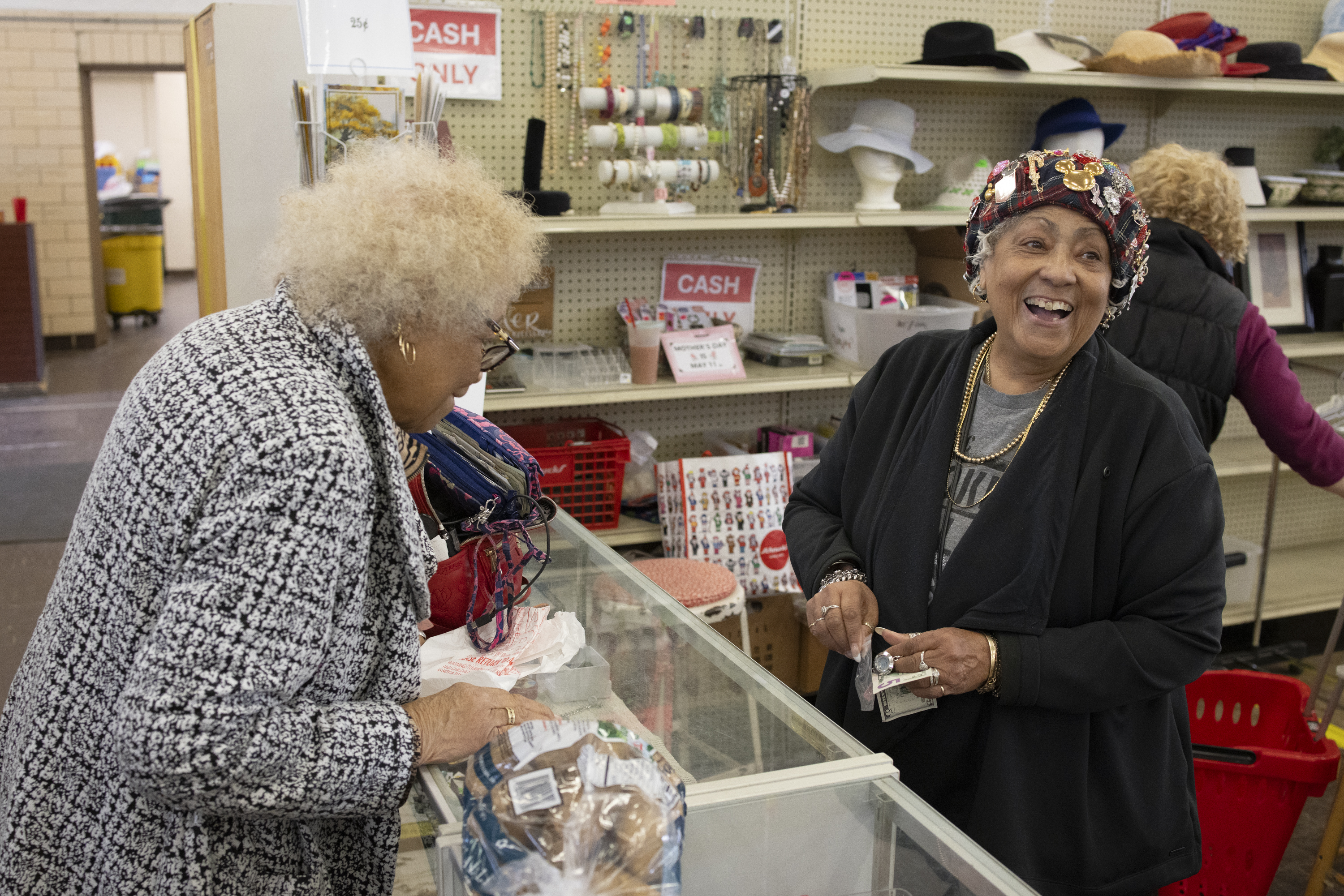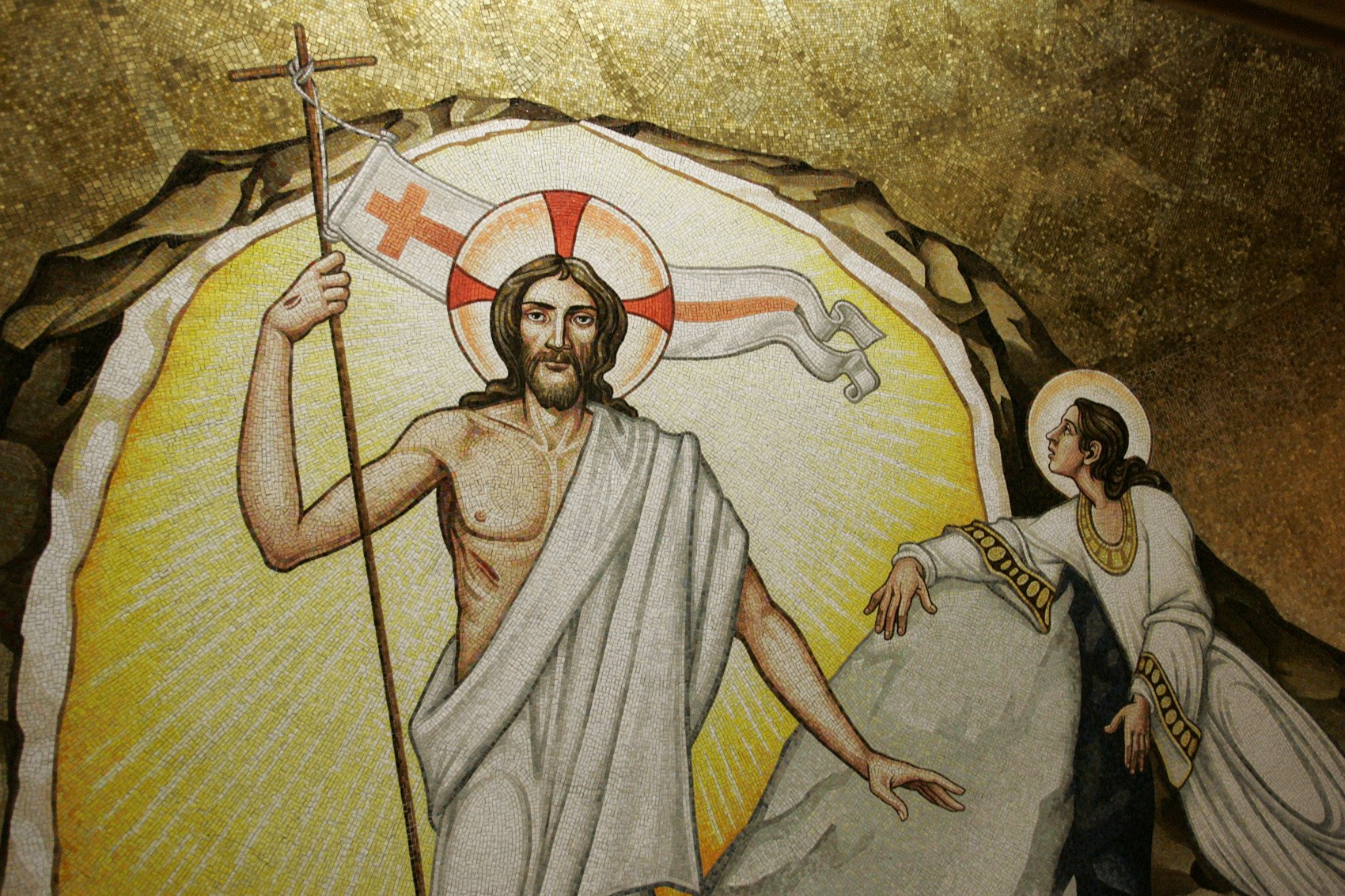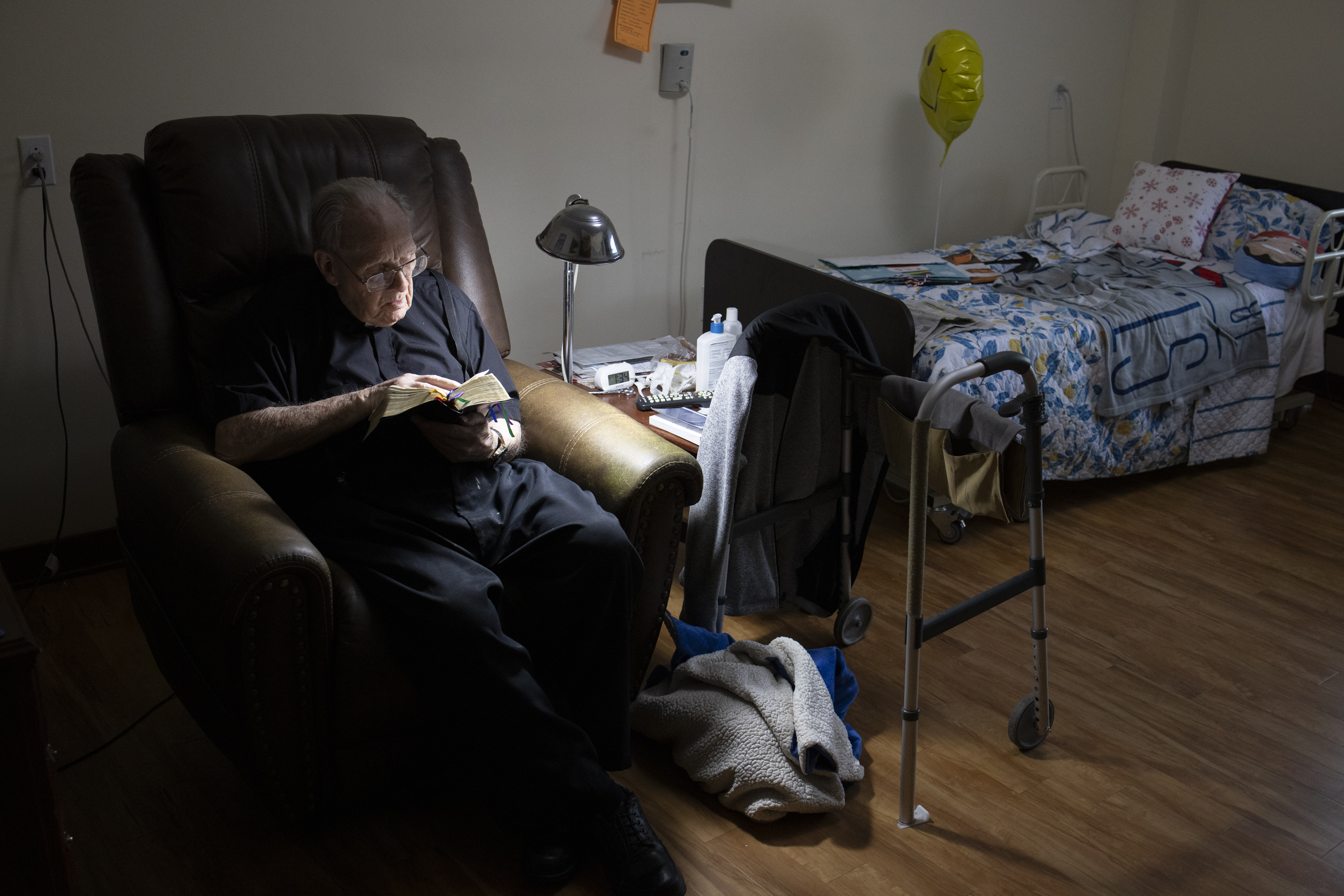Who are we actually trying to reach for Christ?
“Quidquid recipitur ad modum recipientis recipitur” – We all know what that means, right?
In case we need a refresher on Latin, this famous saying of St. Thomas Aquinas translates to “what is received is received according to the mode of the receiver.” Or, to put it more simply, it’s important to discern if the way we are presenting the message is right for who we are actually talking to.
When preparing a second grader for first Communion, we wouldn’t give them Dr. Larry Feingold’s wonderful 720-page book, “The Eucharist.” Rather, we meet them where they are with content they can relate to.

St. Paul models this for us in the way he ministered to the Corinthians: “But I, brethren, could not address you as spiritual men, but as men of the flesh, as babes in Christ. I fed you with milk, not solid food; for you were not ready for it; and even yet you are not ready” (1 Corinthians 3:2). He knew what the Corinthians needed and gave them what would help them on the next step of their spiritual journey.
Often in our approach to evangelization, we fail in this. Evangelization can become generic as we run the same programs and present the message the same way over and over again. We wonder why no one is accepting our invitation even though the sign in front of the parish was pretty clear that they could become Catholic if they wanted.
Rather than fall into the trap of a one-size-fits-all approach to evangelization, we need to recognize where each person is on their journey and tailor our approach to be effective for their needs.
As we share the Good News, we need to understand that conversion is often a process, not simply a moment. If we want to walk with people on this path of discipleship, we need to be willing to be like St. Paul, who said, “I have become all things to all, to save at least some” (1 Corinthians 9:22).
Perhaps no one has articulated this process better than Sherry Weddell, who popularized the “thresholds of conversion” in the Catholic world through her book, “Forming Intentional Disciples.” The basic premise is that before someone makes their decision to follow Jesus, they typically move through various phases of trust, openness, curiosity and seeking. What someone needs in a pre-trust phase is very different from a person who is already actively seeking answers on their own.
Here are a few quick descriptions to help identify the phase of the people we are trying to reach and what they might need.
Pre-Trust
A person is not convinced that the Church or her members are good and genuinely desire their good. They likely aren’t around parish property, even for social events.
Next steps: Help meet basic human needs through the works of mercy. Establish personal friendships off parish grounds.
Trust
A person has a generally positive association with Jesus Christ, the Church, a Christian believer or something identifiably Christian. Trust is not the same as active personal faith. Without some kind of bridge of trust in place, people will not move closer to God.
Next steps: Speak about Jesus regularly and tell stories about our own experiences of faith. Be a visible witness of charity and mercy in day-to-day life. Ask people questions about their lives (not necessarily about their faith) that might cause deeper reflection.
Openness
A person acknowledges they are open to God and the possibility of personal and spiritual change. Openness is not a commitment to change, rather an openness to the possibility of change. Many people who attend Mass each week but don’t have a personal prayer life are likely in a phase of spiritual openness.
Next steps: Build deeper relationships where questions can be asked comfortably. Create environments and programs that seek to answer questions. Talk frequently about the story of Jesus, both in our parish programs and in personal conversations. Share life experiences and ask questions about their life experiences and where they may see God fitting into them.
Seeking
The person moves from being passive to actively seeking to know who God is and what He is asking of them in their life. The seeker has questions and can’t rest until they find the answers. This generally leads to a decision point one way or the other.
Next steps: Answer any questions they present. Provide examples of how living as a Christian is different from simply attending Church or being fond of Jesus. Share the core Gospel message, which always invites a genuine response. Foster experiences (like retreats) that provide opportunities for reflection and response.







